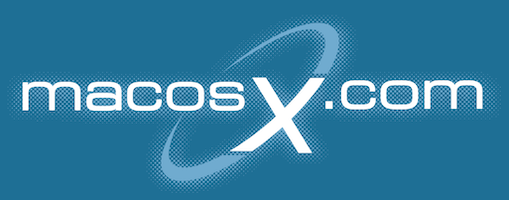Sorry if this is a double post, I didn't do much searching, but I found this today. What do you guys think?
http://www.forbes.com/home/technolog...microsoft.html
http://www.forbes.com/home/technolog...microsoft.html
Microsoft today unveiled a "surface computer" capable of interacting with objects placed upon it - an advance that the firm says will revolutionise the way we interact with technology.
The Microsoft Surface - a 30-inch display embedded in a gloss-covered table - will eventually replace the mouse and keyboard, and opens the prospect of a computer in every surface of the home, the company claims.
Consumers will have to wait a few years before getting their hands on the technology themselves, but the first versions of the computer have already been sold to corporate clients including mobile phone companies and restaurants.
When customers at a restaurant put down their glasses, a computer in their table will be able to tailor food recommendations to the choice of drinks, and display pictures linking wines or beers with the vineyards and breweries that produced them.
Diners can order their next course, or split the bill with a touch of the finger and, when a refill is required, Surface could even alert the waiter.
A table in a mobile phone shop would sense what phone it placed upon it, and suggest suitable upgrades, ringtones and accessories.
But Microsoft believes that most of the demand for the Surface will come from home consumers, and said it hopes to bring down the price from the current $5,000- $10,000 range over the next three-to-five years.
[ Microsoft calls its multitouch user interface Surface Computing "a new paradigm". We asked a British pioneer in the field to examine the claim. - ed.]
This week Microsoft demonstrated a 'multi-touch' coffee table user interface it calls Surface Computing, and it got the BBC - and some Register readers - very excited.
"The amount of time they spent working on this suggests they didn't just nick it off someone else in the last 18 months", writes Dan. "Give credit to Microsoft for being first to a commercial market," agrees Amy Wohl.
But let's set the record straight.
Microsoft's Surface Computing isn't "a new paradigm", nor is it adding any innovation to an existing paradigm. Table computing isn't a new market, either, and Microsoft's demos are years away from being productized.
In fact, according to Bill Buxton - ironically a Principal Researcher at Microsoft's own research centre - these kinds of multi-touch interfaces have been around for over twenty years. Perhaps the Surface Computing marketing guys at Microsoft should check out Bill's web site.
Moreover, perhaps Microsoft and developers like Jeff Han at NYU, who are building these 'old-school' multi-touch interfaces out of cameras and projectors, should consider the fatal flaw in their 'innovations'. This being that all back-projection interfaces are enormous. Think about it - you've essentially got a small cinema in a box behind a screen. Forget mobility and portability. Is it even moveable?
Another major concern about this pioneering work, was pointed out by Reg commenter Nick Ryan.
"Notice something about all the examples? It's only used in the dark, which is nice considering that on average it's dark only 50 per cent of the time!"
that's utter rubbish. although i'm an apple zealot... i have to disagree with a lot of those points.
